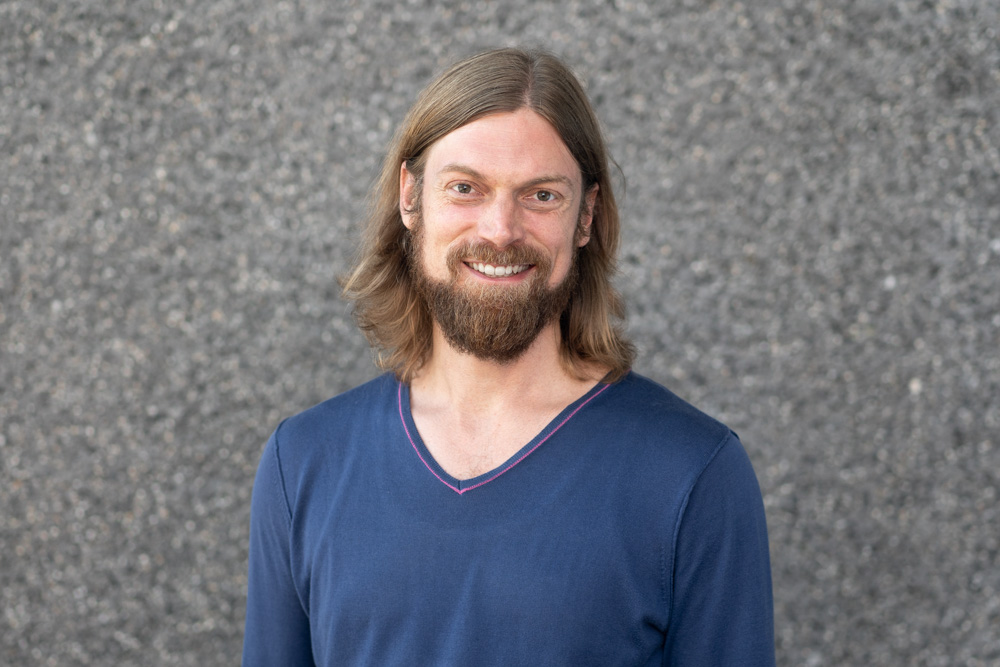
Prof. Dr.-Ing. Markus Mayer
Professor
Studiengangskoordinator und Studienfachberater (ab SS25) des Bachelorstudiengangs “Künstliche Intelligenz”
Sprechzeiten
Bei offener Bürotür: Eintreten und fragen, ob ich Zeit habe! Falls ich nicht im Büro anwesend bin, vereinbaren Sie bitte einen Termin per Mail.
Kernkompetenzen
- Medizinische Bildverarbeitung
- Signalverarbeitung (Audio & Bild Prozessierung und Aufbereitung)
- Mustererkennung (Registrierung, Segmentierung)
- Maschinelles Lernen (Data Mining, Klassifikation und Regression)
Forschungs- und Lehrgebiete
Vorlesungen:
- Programmierung I & II
- Statistik
- Maschinelles Lernen
- Projektmanagement
- KI in der Industrie
- KI
- Theoretische Grundlagen der KI
- Computer Sound
Vita
Lebenslauf:
- 2007: Abschluss des Studiums Informatik (mit Nebenfach Musikwissenschaft) an der FAU Erlangen
- 2007-2012: Doktorand am Lehrstuhl für Mustererkennung an der FAU Erlangen.
- 2012-2022: Entwickler bei Arnold & Richter Cine Technik (Arri) in München, zuletzt Senior Image Science Engineer.
- 2022 (cont.): Professor an der Technischen Hochschule Deggendorf
Auszeichnungen:
- 2008: International Travel Grant des “Association for Research in Vision and Ophthalmology (ARVO) Annual Meeting 2008”
- 2011: Student Award der “Erlangen Graduate School of Advanced Optical Technologies (SAOT)“
- 2016: Patent mit Kollegen des LME Erlangen und des MIT Boston: “Method and apparatus for motion correction and image enhancement for optical coherence tomography”
- 2018: Abschluss der Promotion mit dem Titel “Automated Glaucoma Detection with Optical Coherence Tomography”
- Reviewer für eine Vielzahl an anerkannten Fachzeitschriften und Forschungsorganisationen (u.a. IEEE Transaction on Medical Imaging, SPIE Journal of Biomedical Optics…)
Sonstiges
Offene Bachelor- & Masterarbeiten:
- AFFAIR - A Framework for arbitrary image registration
- Neural Network Sound Synthesis (Follow up)
- The “Mondrian” image compression (Follow up)
- PROMUS - A Probabilistic Music Sequencer
- LIREMA - Live Recorded Music Annotation
- Audio Cycle Detection
- Creating virtual instruments with Autoencoders
- Room impule response simulation with neural networks
- Replacing finite element simulations with neural networks
Ageschlossene Bachelor- & Masterarbeiten (ohne Firmenkooperation):
- Optimization of noise for neural network confusion
- Neural Network Sound Synthesis
- Mondrian Image Compression
- Generative Adversarial Networks for the Synthesis of Realistic Images from Sketches
Diese Themen stellen eventuell nicht den aktuellsten Stand dar - bitte schreiben Sie mir eine Mail für genauere Informationen. Meine Themenstellungen stammen im Allgemeinen aus folgenden Forschungsgebieten:
- Medizinische Bildverarbeitung
- Maschinelles Lernen und Statistic in der Musik
- Interessante und creative Herausforderungen aus der Signal- und Bildverarbeitung und dem Maschinellen Lernen